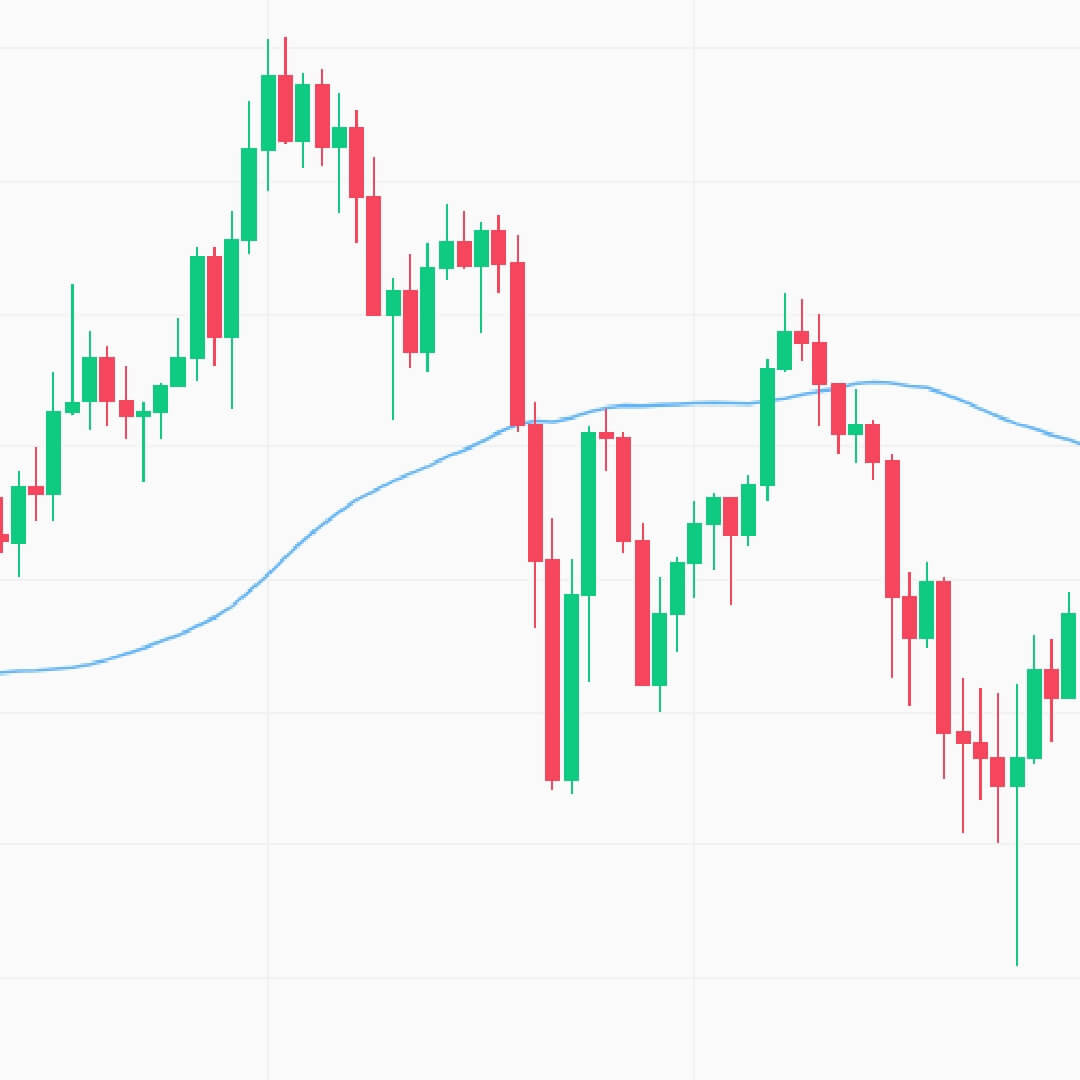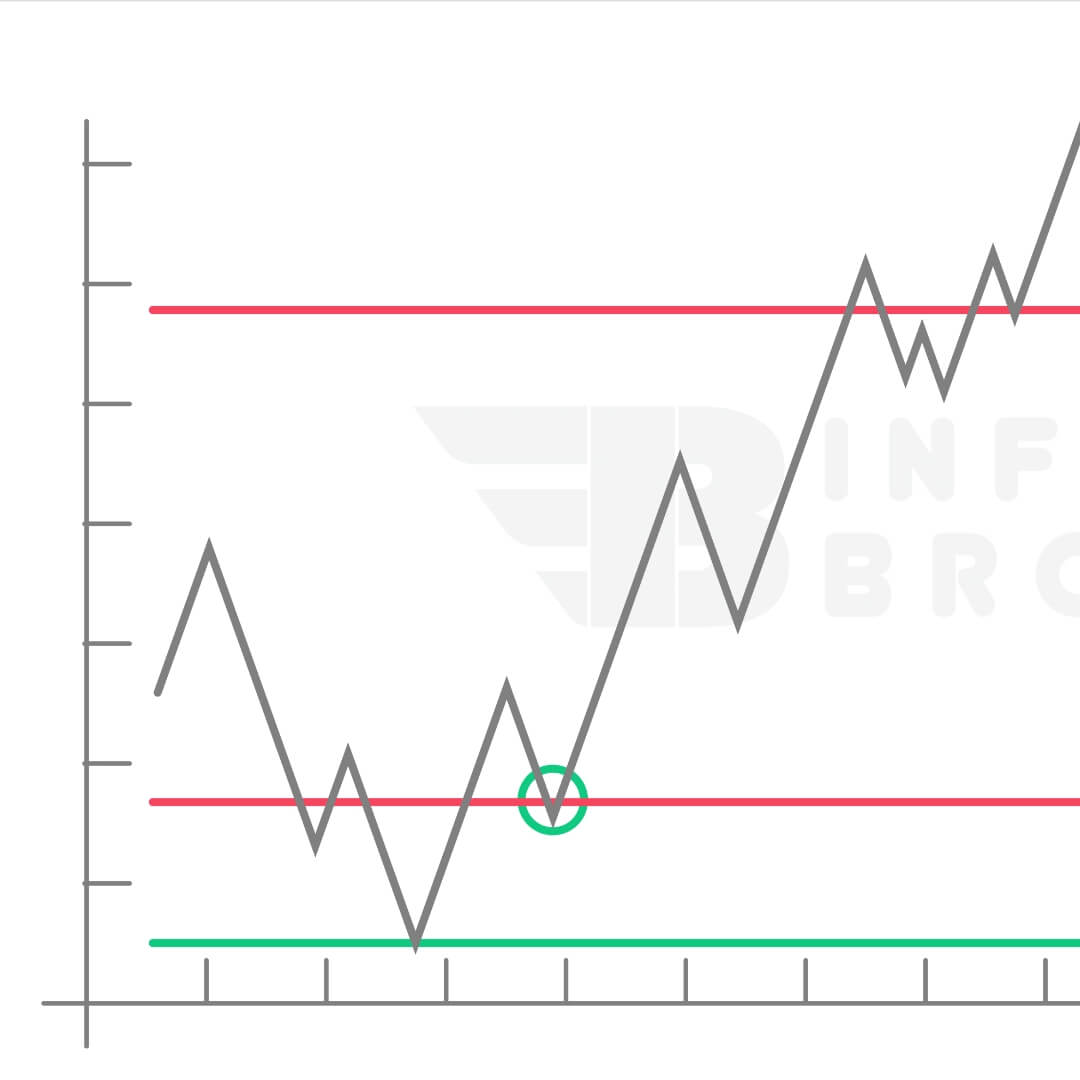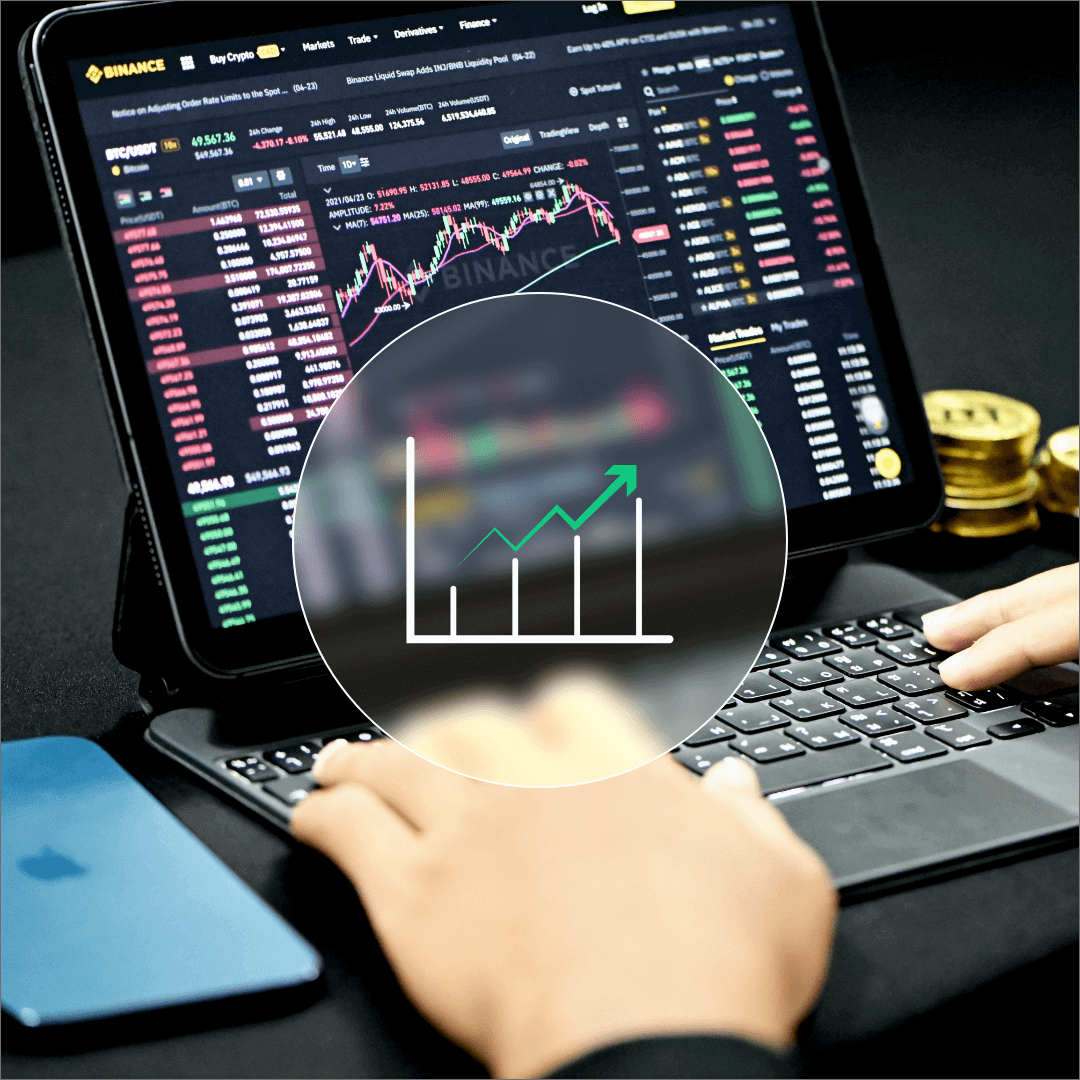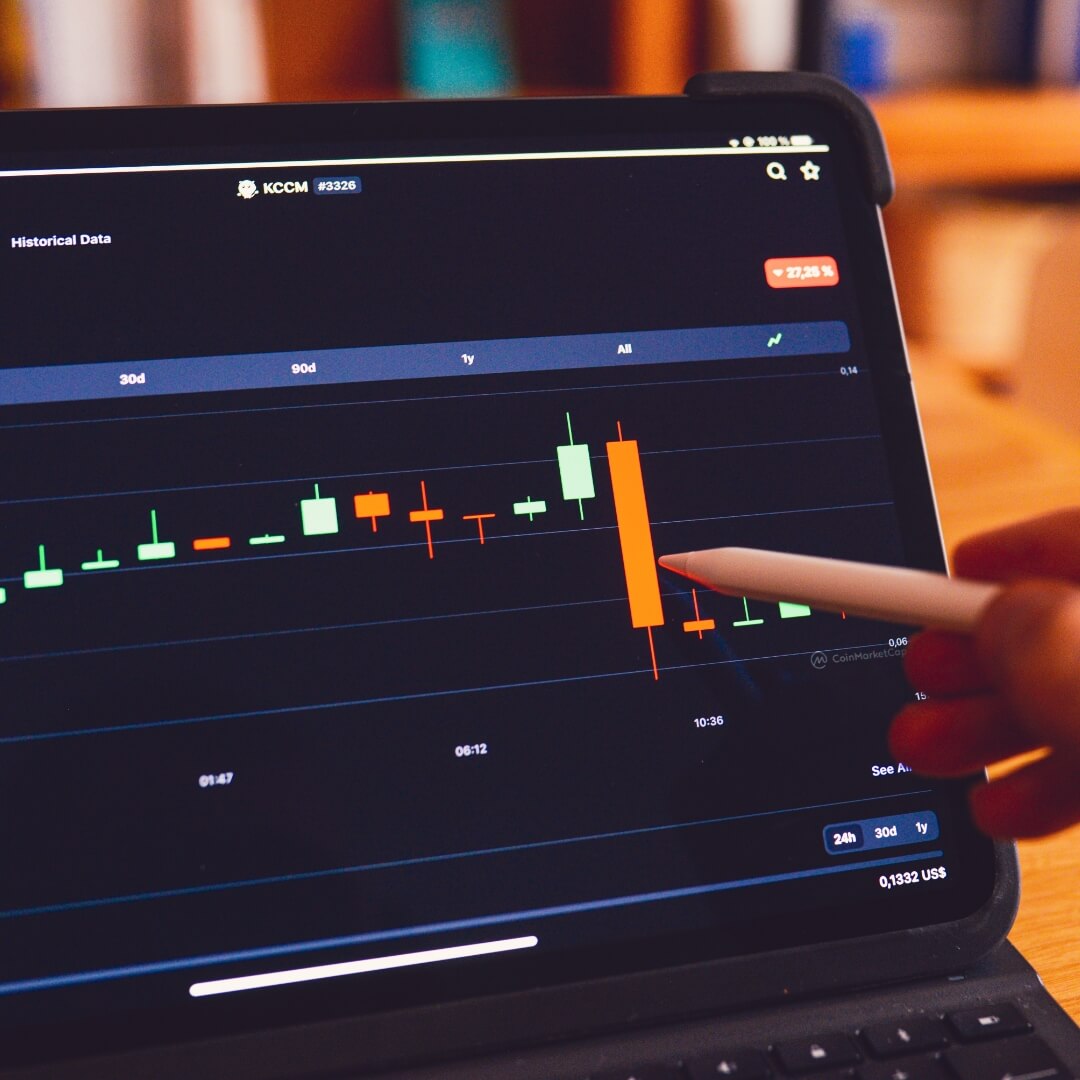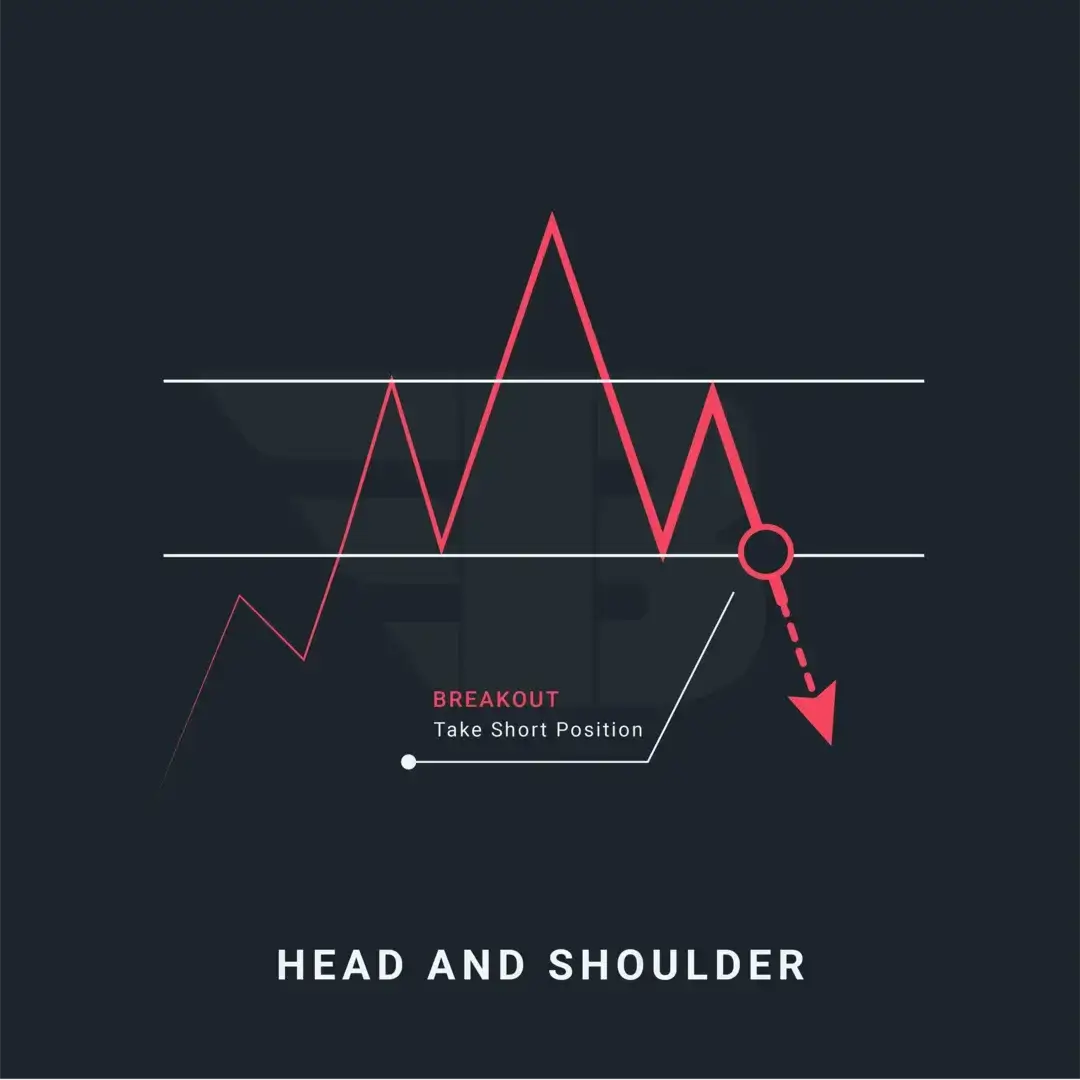
Winning Trading Plan
05 Steps to build a successful trading plan
If we want to succeed in trading, we must approach it as such. Reading a few books, creating a brokerage account, purchasing a charting tool, and then trading with real money is not a business strategy; it's a formula for catastrophe. A trading strategy should be stated as a rule, with specific instructions that should not be changed during trading. These plans are flexible and may be adjusted as the trader's skill level develops.
We will discover what trading plans we may use to make our trading more lucrative and successful, as well as how to create a successful and functional trading plan in this chapter.
A trading strategy is a crucial foundation for traders to follow throughout the trading process. It is the collection of rules that a trader follows while entering a trade. Part of a trading strategy involves identifying markets, existing deals, and managing risks along the way. The trading plan provides responsibility and maintains traders' focus on their own approach.
The trading plan, like any other business plan, is a working document in which we make assumptions about future expenses, revenues, and market circumstances. Some of our assumptions may be correct, while others may be incorrect. Why would we start trading without a strategy if we wouldn't establish a business without one?
Our trading strategy is similar to a business plan, with a set of rules that we use to make choices. Although having a strategy in place does not ensure success, it will assist us in trading rationally and understanding how to deal with both good and bad events. This will aid our growth as traders.
A good trader's toolkit should include a trading strategy. Regardless of our trading pattern or frequency, we should treat trading as if it were a business. After all, we're spending time and money, so we should think about a trading strategy before getting started.
We've gathered some of the most important elements and thinking processes that should go into creating our trading strategy. Our trading strategy is built on the following major aspects: Remember, there are no quick fixes to creating a trading strategy that can help us achieve our goals.
Setting a trading goal is one of the most crucial steps in building a trade strategy, yet it is the one step that most inexperienced traders overlook. Thinking about our goal with a purpose allows us to identify what we want to accomplish, what actions we'll take to get there, and when. Here are a few things to think about while deciding on a trading goal.
1. Setting Clear Objectives for Your Trading Plan
First and foremost, we must identify what we want to accomplish in our trade. Consider the following statement and complete it:
Statement: I want to be a successful trader because______________________.
2. Assessing Your Strengths and Weaknesses as a Trader
We must be aware of our own weaknesses and strengths as humans and traders.To get to know yourself as a trader, ask yourself the following questions.
- Q. Why am I interested in trading?
- Q. How much time do I have to devote to trading?
- Q. What level of experience do I have? Is my skill level beginning, moderate, or professional?
- Q. What are my limitations, and how do these flaws lead me to fall short of my trading goal?
- Q. What are my strengths, and how do they help me achieve my objectives?
- Q. What is my risk tolerance?
3. How to Specify and Achieve Your Trading Objectives
We must specify our trading objectives as precisely as possible in terms of profit and timeline.Only by establishing and describing our objectives will be able to determine if we have met them. Make sure to give each objective a deadline so that we can stay focused on completing it.
Here are some questions to ask ourselves in order to determine our trading objectives.
- Q. What will I exchange? All stocks, bonds, futures, and options are all options.
- Q. How will I track my progress toward my objectives?
- Q. How will I achieve my objectives?
- Q. What is the timeline for each of my objectives?
Example - My Goal:I want to trade futures and aim for a weekly gross income of $1,000 within two years after getting started.
We now have a trading goal in mind and have selected where we want to take our trade. It is now critical to comprehend how we propose to execute our trading operations. Here are some questions to help us assess ourselves.
- Q. What is my level of trading experience? Am I a beginner, intermediate, or experienced trader?
- Q. How much trading experience do I have?
- Q. Am I emotionally, physically, and psychologically prepared to trade?
Next, we must assess our knowledge of the markets we want to trade. The more we understand and are interested in the issue, the better we will be able to provide treatment. Here are some questions to think about as we put together this section of our trading strategy.
- Q. What kind of trader would I want to be? Day traders, swing traders (1-3 days), intermediate traders (10-30 days), and long-term traders are all options.
- Q. What markets will I trade?
- Q. What percentage of my equity do I intend to use?
- Q. What percentage of my equity am I prepared to risk?
- Q. How much am I willing to lose?
In order to trade successfully, risk management is critical. At this stage, we just need to establish our risk management strategy as well as any particular guidelines we want to use. It is critical that we assess our own risk tolerance and risk attitudes.
Here are some questions to think about while developing risk management strategies.
- Q. How do I feel about taking risks?
- Q. How do I define "low," "medium, and "high" risk?
After we've answered these questions, we can go on to quantify our risk management criteria, using a mathematical technique to determine if a trade is too hazardous for us. We'll think about how much leverage we'll utilize, as well as our maximum trade and day losses. For example, have a look at our risk vs. profit matrix for each trade. These few questions may assist us in determining our risk management strategy.
- Q. How much of my account am I willing to risk on each trade?
- Q. How many positions am I willing to run at the same time?
- Q. What is the highest level of account risk I am willing to accept?
Example - My risk management statement:I have $10,000 in my account, and I am willing to accept a moderate risk of 3% on each trade. As a result, the most I'm willing to lose on any one trade is $300.
Now that we've established our trading methodology and objectives, as well as our risk management strategy, it's time to put our trading techniques into action. We're discussing our entrance and exit locations at this time. In many circumstances, the moment we enter and leave the trade will be the most tense and thought-provoking. It's critical to set clear entrance and exit points and keep to them since it's much too easy to make decisions based on emotions rather than logic. When establishing all of the trading strategy aspects that we want to employ, we need to be more specific.
Here are several trading tactics to think about for our trading strategy.
1. Identifying Key Market Indicators for Trading Success
We use market indicators as trading inputs. Charts might be used to follow market movements and only initiate trades when certain patterns appear. To enter the trade, we may utilize technical indicators such as moving averages and trendlines. When leaving a position, we may also set stop-loss and take-profit limitations to help us stay on track. Before we join or quit a trade, we should write down all of the specific requirements.
2. How to Create Effective Trigger Points and Setups
Set-ups are the circumstances that increase your chances of succeeding. Higher highs, lower lows, and moving averages are all good set-ups to trade. The trigger points, on the other hand, describe the exact times when we wish to trade, such as when markets reach a new high or low.
3. Strategies for Managing Open Trades Effectively
This section of the trading strategy assists us in coping with the emotions that come with holding open positions. When we watch the market decline and decide to cut our losses or wait for the market to recover, or when the market rises and we decide to hold our position even longer, our emotional reactions are genuine and difficult to control at the time. In an emotional situation, it's critical to have a plan in place that we can utilize to overcome.
4. Crafting a Strong Exit Strategy for Your Trades
Professional traders prioritize this aspect of trading because they understand that quitting a trade is significantly more crucial than entering one. We should know when to leave a trade before we start it. Before we start trading, we need to keep these two considerations in mind:
- How much will we lose if the transaction goes against us?
- What are our profit goals?
These two points must be written down; mental pauses are ineffective in this situation. Before initiating the trade, examine the following questions to determine our objectives and trading approach.
- Q. What indications will I use to identify my market entrance position?
- Q. What are my configurations?
- Q. What are my trigger points?
- Q. How will I deal with my open trades?
- Q. What options do I have for exiting the position?
- Q. What is the stop-loss level for this specific trade?
- Q. How much profit do I want to make?
- Q. How much of my account am I ready to put at risk on this trade?
A trading log is a fantastic tool for examining our trading history and identifying trade ups and downs. We can acquire an overview of our whole trading history in a single picture, identify our mistakes, and prevent repeating them in future deals. A competent dealer also keeps solid records.
Keeping records is crucial for traders. If we succeed in the trade, we want to know why and how we succeeded. What tactics did we use, and how did we determine our stop-loss and take-profit levels? Likewise, if we lose the trade, we should keep track of it so we don't make the same mistakes again. Before beginning a deal, a trader must keep the following information in mind:
- Price targets
- Points of entry and exit
- Trading time
- Support and resistance levels
- Technical indicators
- Market opening and closing times for a specific time period
It is critical to record our profit and loss after each transaction in order to understand why and how we performed. Our daily findings should be written down in our trading notebook so that we may refer to them later. Our trade log will assist us in keeping track of our deals and remarks.
Ensure that your trade history is saved and accessible so that you can review details such as:
- The profit or loss of a trading strategy.
- Reductions (maximum loss per trade using a trading system).
- Average trade duration (used to determine trade efficiency).
- Important additional factors to consider, such as market news
- A comparison of trades to a buy-and-hold strategy.
Everyone's trading strategy is different, but there are a few fundamental principles that everyone should think about.
When am I going to trade? Which session will I concentrate on? It is critical to set our trading hours in advance; trading all day is unhealthy.
Which market or pairings will I concentrate on? If we are beginner traders, we should focus on one or two pairs.
Should I concentrate on scalping the market or hunt for long-term swing trades? This question will also help us decide on a time range to concentrate on.
We should make a list of the settings we want to see. Even if it seems to be beneficial, everything not specified should be avoided.
When should we initiate the trade and when should we quit the position? Our entrance and exit regulations should be written down.
What is the maximum risk I may incur per day and per trade? and how will I manage my position in order to minimize risk?
We may add as many points to our trading plan as we like, but remember that our strategy is useless if we don't stick to it.

Sardar Omar
I did my hardest to present you with all of the information you need on this subject in a simple and understandable manner. However, if you have any difficulties understanding this concept or have any questions, please do not hesitate to ask. I'll try my best to meet your requirements.
Disclaimer:This material is provided purely for educational purpose and is not intended to provide financial advice.






